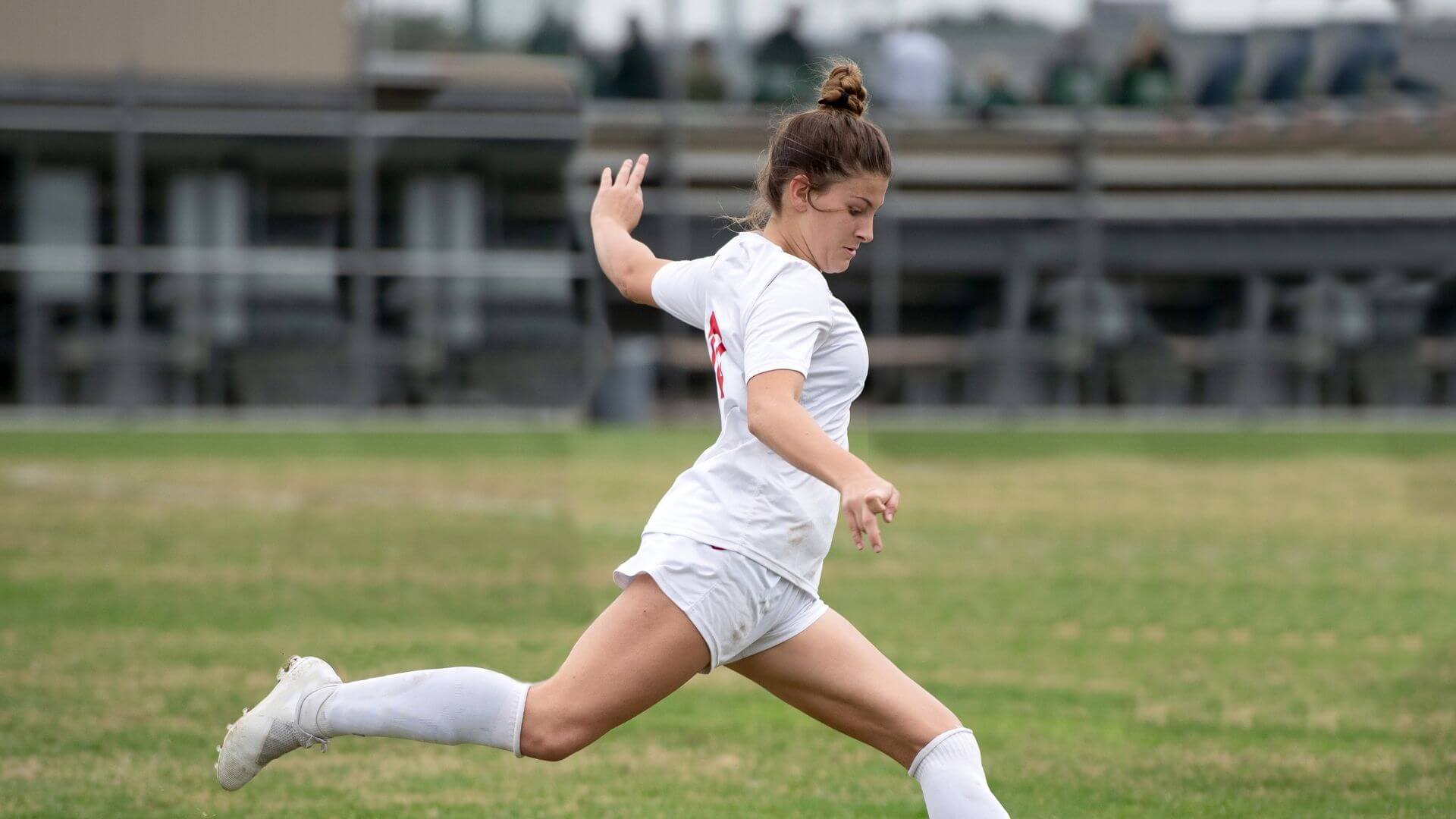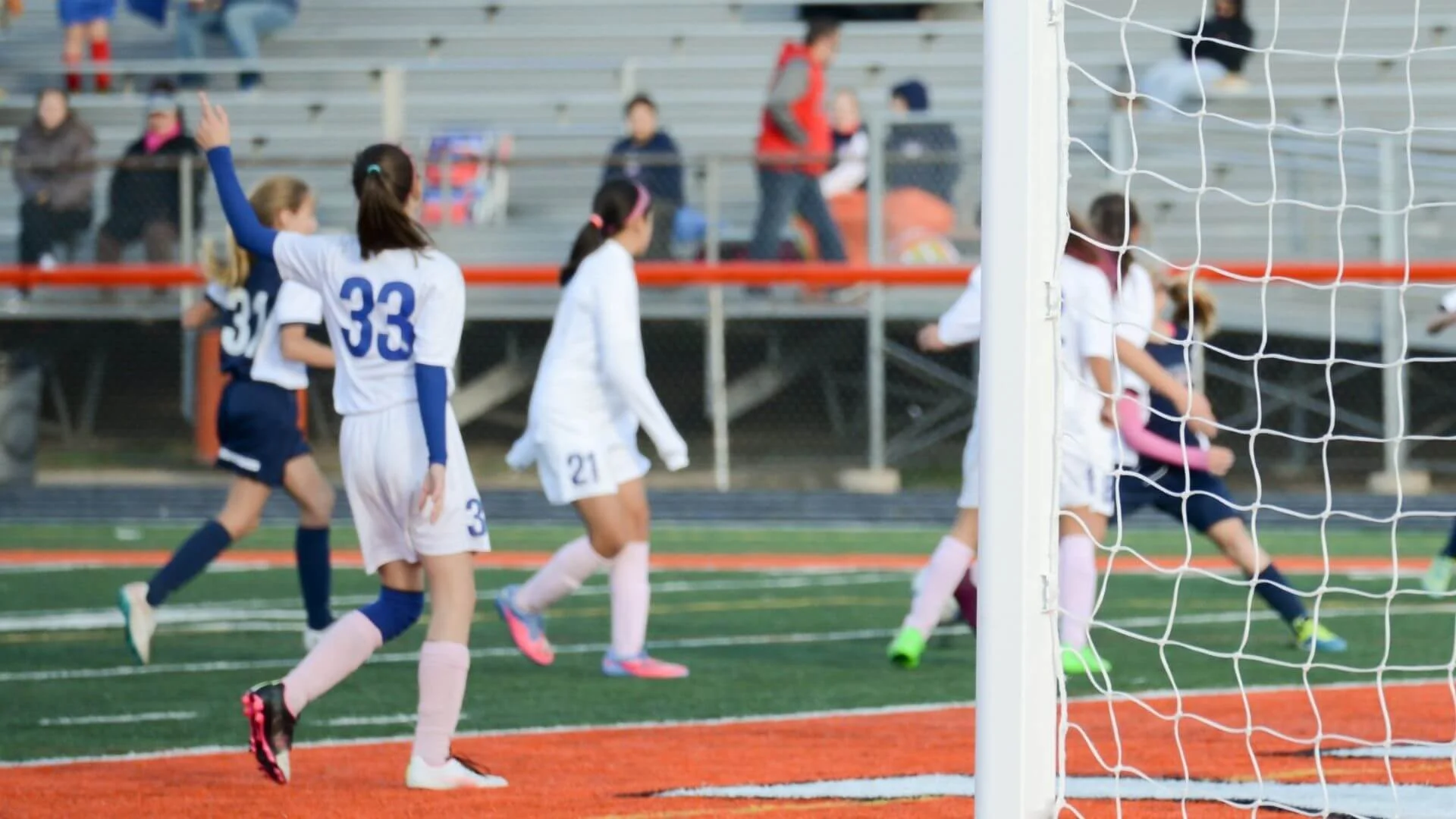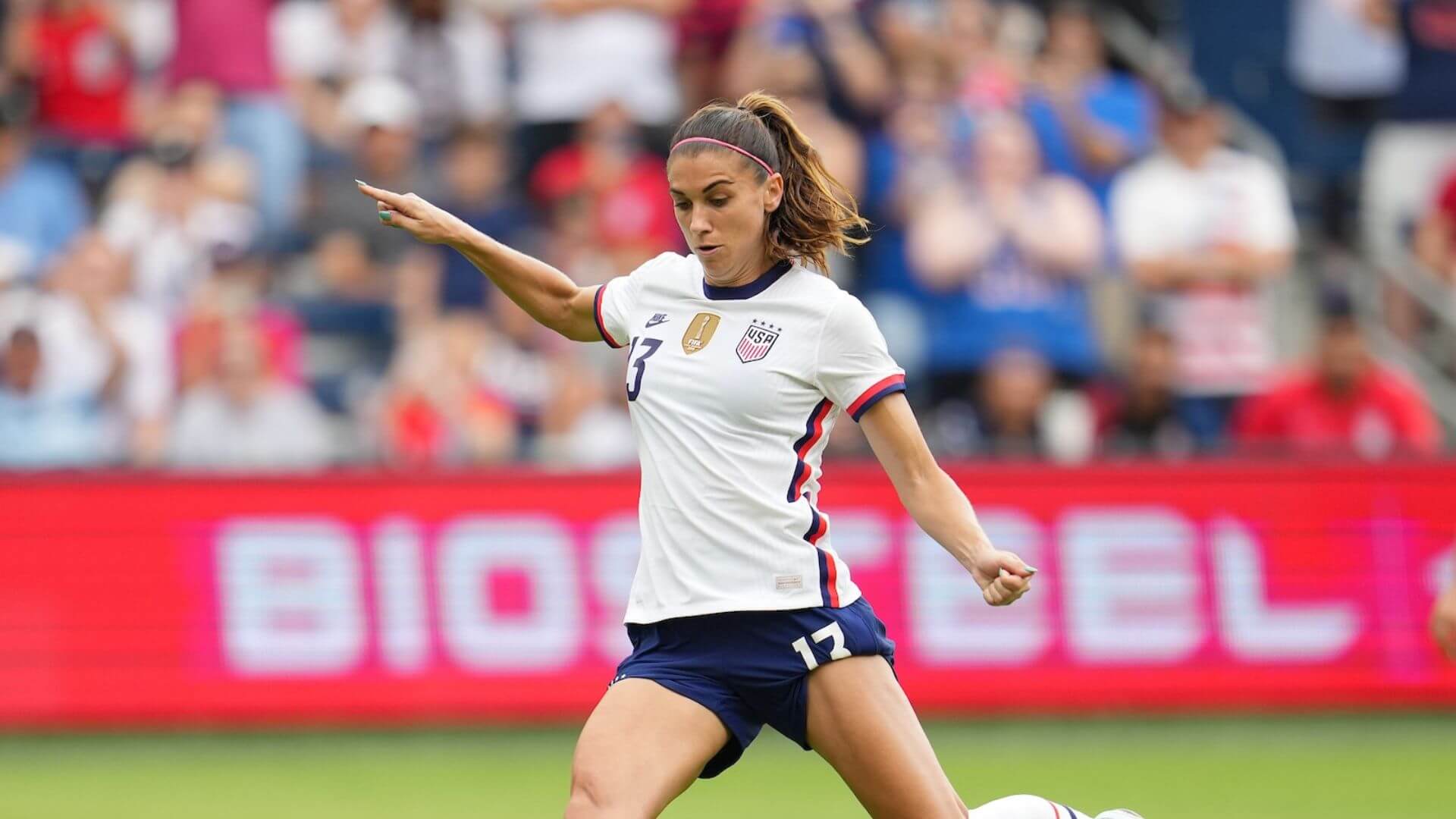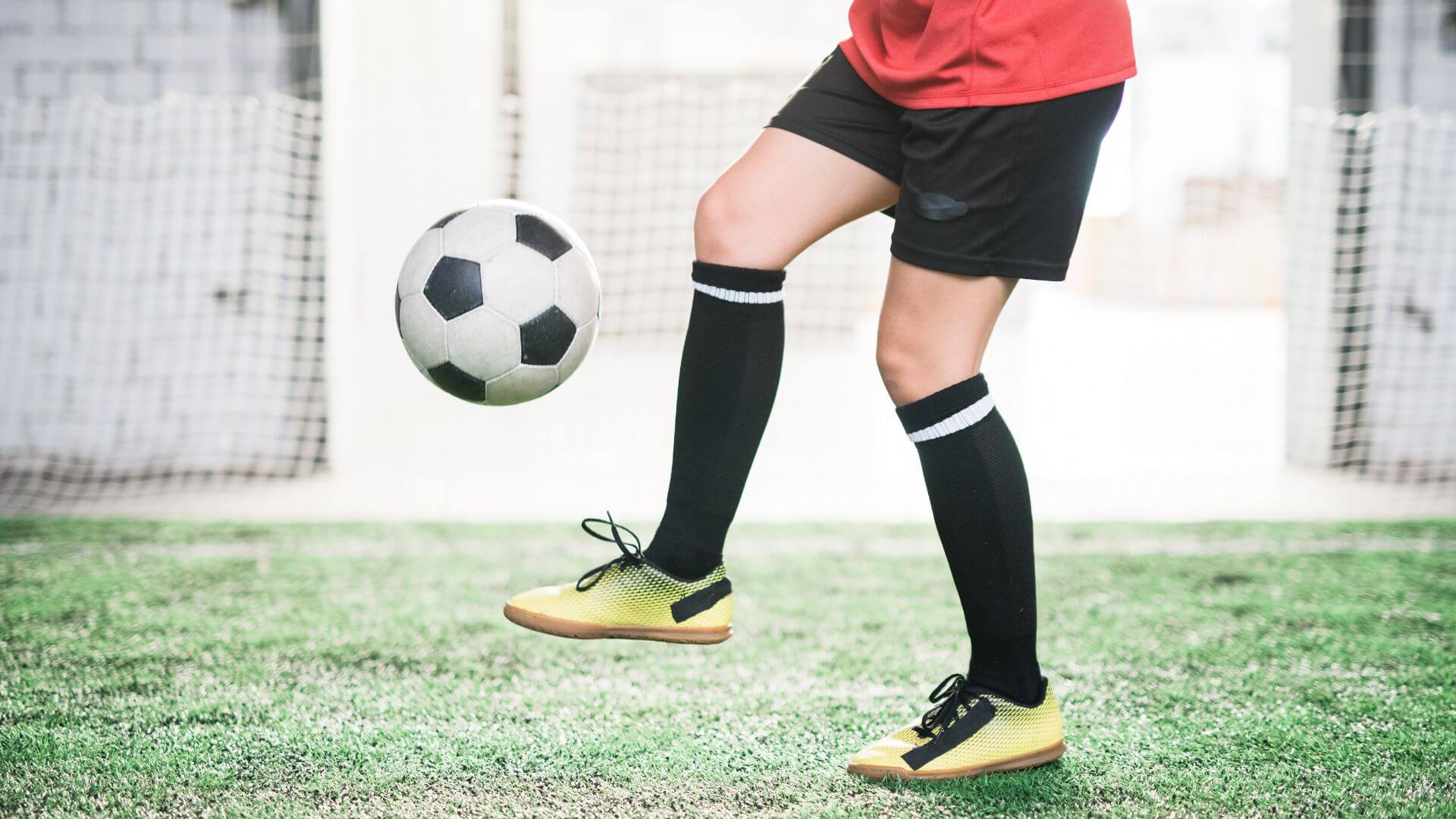The Agility Blueprint: Mastering Quick Moves on the Field
Agility is a cornerstone of success in many sports, particularly those that require rapid directional changes, quick acceleration, and swift reactions. From soccer and basketball to tennis and football, athletes with exceptional agility often have a competitive edge on the field. But what exactly is agility, and how can athletes master this essential skill? Let’s explore the agility blueprint and discover how to excel in making quick moves on the field.
Understanding Agility
Agility is more than just speed. It encompasses a combination of balance, coordination, flexibility, and reaction time. An agile athlete can change direction rapidly while maintaining control and balance, allowing them to outmaneuver opponents and seize opportunities on the field.
The Components of Agility
- Footwork: Quick, precise footwork is fundamental to agility. Athletes must be able to move their feet efficiently and with purpose, whether shuffling laterally, pivoting, or accelerating forward.
- Body Control: Agility requires exceptional body control to maintain stability and balance during rapid movements. Athletes must engage their core muscles and maintain a low center of gravity to execute agile maneuvers effectively.
- Reaction Time: A rapid reaction time is essential for agility. Athletes must be able to anticipate movements, read cues from opponents or the environment, and react swiftly to changing situations.
- Coordination: Agility relies on coordination between various muscle groups and body parts. Athletes must synchronize their movements seamlessly to execute agile actions with precision.
- Flexibility: Adequate flexibility allows athletes to move through a full range of motion, facilitating quick changes in direction without strain or injury.
Developing Agility
- Functional Training: Incorporate functional exercises into your training regimen to improve agility. Focus on movements that mimic those required in your sport, such as lateral lunges, agility ladder drills, and cone drills.
- Plyometric Exercises: Plyometric exercises, such as box jumps, bounding, and depth jumps, help develop explosive power and reactive strength, enhancing agility on the field.
- Speed and Agility Drills: Dedicate time to specific speed and agility drills designed to improve footwork, reaction time, and change of direction. These drills may include shuttle runs, agility ladder drills, and cone drills.
- Balance and Stability Training: Enhance balance and stability through exercises that target core strength, proprioception, and body awareness. Balance training tools like stability balls, balance boards, and wobble boards can be beneficial.
- Sport-Specific Drills: Incorporate sport-specific drills into your training routine to simulate game scenarios and improve agility in context—work on quick changes of direction, evasive maneuvers, and reactive movements relevant to your sport.
- Agility Training Equipment: Utilize agility training equipment such as agility ladders, cones, hurdles, and agility poles to add variety and challenge to your workouts. These tools help improve agility while also enhancing coordination and proprioception.
The Mental Aspect of Agility
In addition to physical training, developing agility also requires mental preparation. Athletes must cultivate focus, awareness, and anticipation to read and react to the game effectively. Visualization techniques, mental rehearsal, and cognitive training exercises can sharpen cognitive skills and enhance on-field agility.
Putting It All Together: Mastering agility is a gradual process that requires dedication, consistency, and patience. By incorporating a combination of physical and mental training strategies, athletes can enhance their agility and elevate their performance on the field. The agility blueprint provides a roadmap for success in making quick moves and outmaneuvering opponents. With determination and effort, socceristas can unlock their full agility potential and take their game to the next level.
Featured image via Pexels
_
GIRLS SOCCER NETWORK: YOUR SOURCE FOR GIRLS SOCCER NEWS











